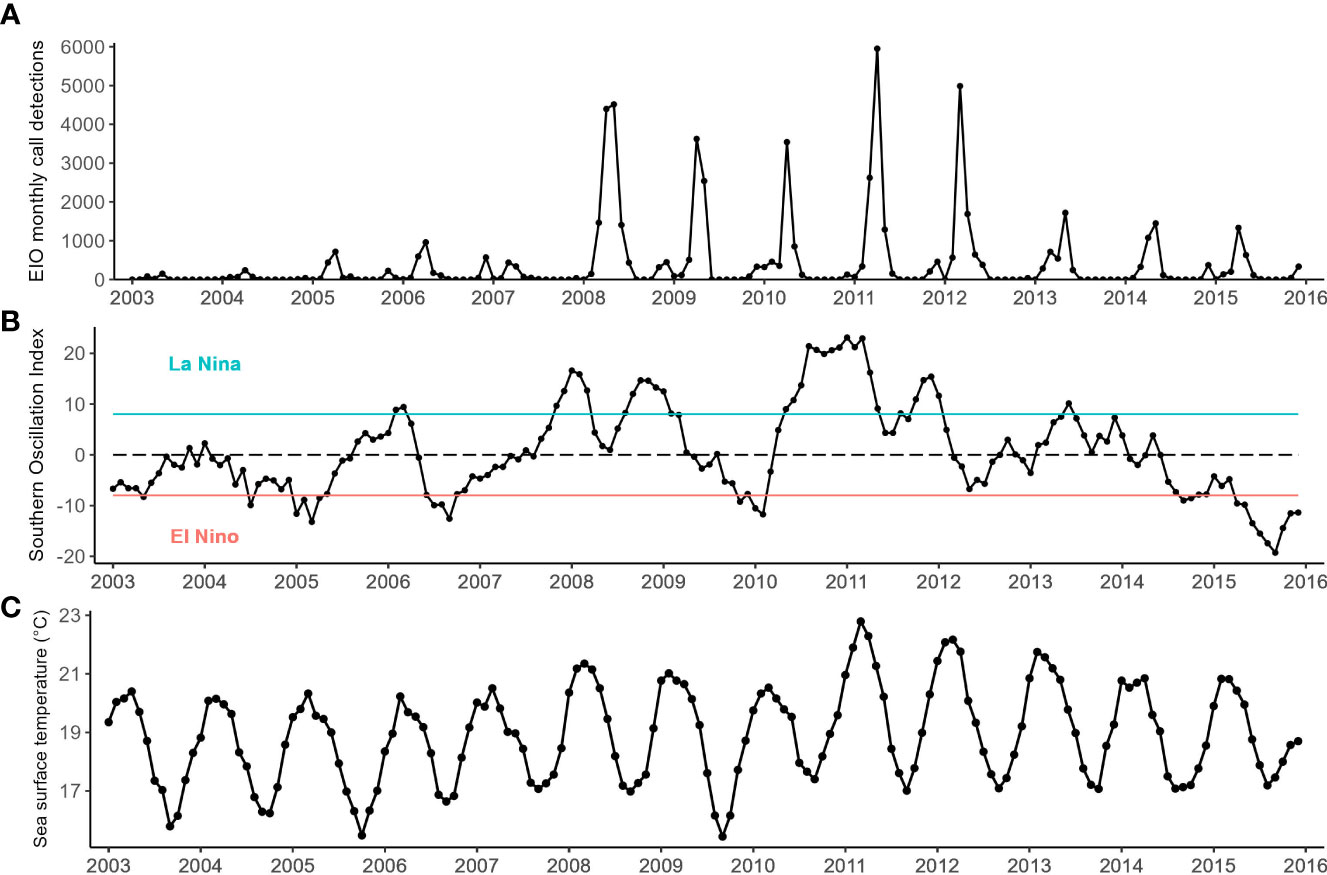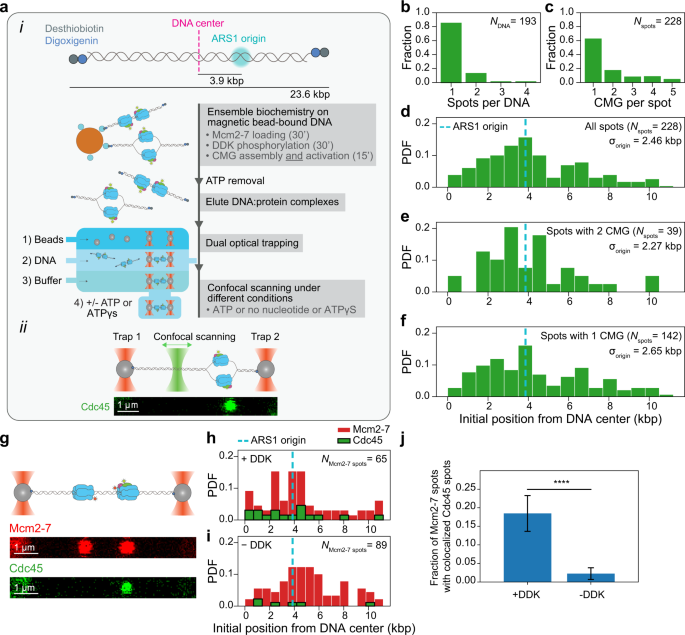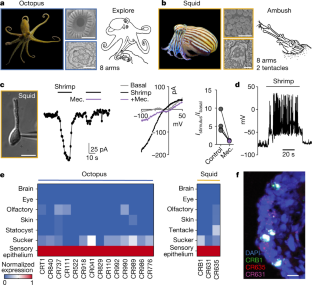2023-04-14 ニューサウスウェールズ大学(UNSW)
特に、ラニーニャの年は、エルニーニョや中立の年に比べて、歌の検出数が最大で10倍も多く、このことは、クジラが気候サイクルの変化に反応していることを示しています。気候変動は、クジラが回遊を行うかどうかの主な要因であるオキアミの入手可能性に影響を与えるため、今回の研究はクジラの種の保全に重要な意味を持つ可能性があります。
<関連情報>
- https://newsroom.unsw.edu.au/news/science-tech/singing-blues-more-whale-songs-detected-during-la-ni%C3%B1a-years
- https://www.frontiersin.org/articles/10.3389/fmars.2022.850162/full
ラニーニャ現象が東インド洋におけるピグミーシロクジラの経年的な呼出探知に影響を与える。
La Niña conditions influence interannual call detections of pygmy blue whales in the eastern Indian Ocean
Gary Truong and Tracey L. Rogers
Frontiers in Marine Science Published:20 March 2023
DOI:https://doi.org/10.3389/fmars.2022.850162

Oceans across the globe are warming rapidly and marine ecosystems are changing as a result. However, there is a lack of information regarding how blue whales are responding to these changing environments, especially in the Southern Hemisphere. This is because long term data are needed to determine whether blue whales respond to variability in environmental conditions. Using over 16 years of passive acoustic data recorded at Cape Leeuwin, we investigated whether oceanic environmental drivers are correlated with the migration patterns of eastern Indian Ocean (EIO) pygmy blue whales off Western Australia. To determine which environmental variables may influence migration patterns, we modelled the number of acoustic call detections of EIO pygmy blue whale calls with broad and fine scale environmental variables. We found a positive correlation between total annual whale call detections and El Niño Southern Oscillation (ENSO) cycles and the Indian Ocean Dipole (IOD), with more whale calls detected during La Niña years. We also found that monthly whale call detections correlated with sea surface height around the hydrophone and chlorophyll-a concentration at a prominent blue whale feeding aggregation area (Bonney Upwelling) where whales feed during the summer before migrating up the west Australian coast. At the interannual scale, ENSO had a stronger relationship with call detections than IOD. During La Niña years, up to ten times more EIO pygmy blue whale calls were detected than in neutral or El Niño years. This is likely linked to changes in productivity in the feeding areas of the Great Australian Bight and Indian Ocean. We propose that in lower productivity years whales either skipped migration or altered their habitat use and moved further offshore from the hydrophones and therefore were not detected. The frequency and intensity of ENSO events are predicted to increase with climate change, which is likely to impact the productivity of the areas used by blue whales. These changes in productivity may affect the physical condition and reproductive success of individual whales. A reduction in reproductive success could have a significant impact on blue whale recovery from historical whaling and their ability to adapt to a changing environment.


